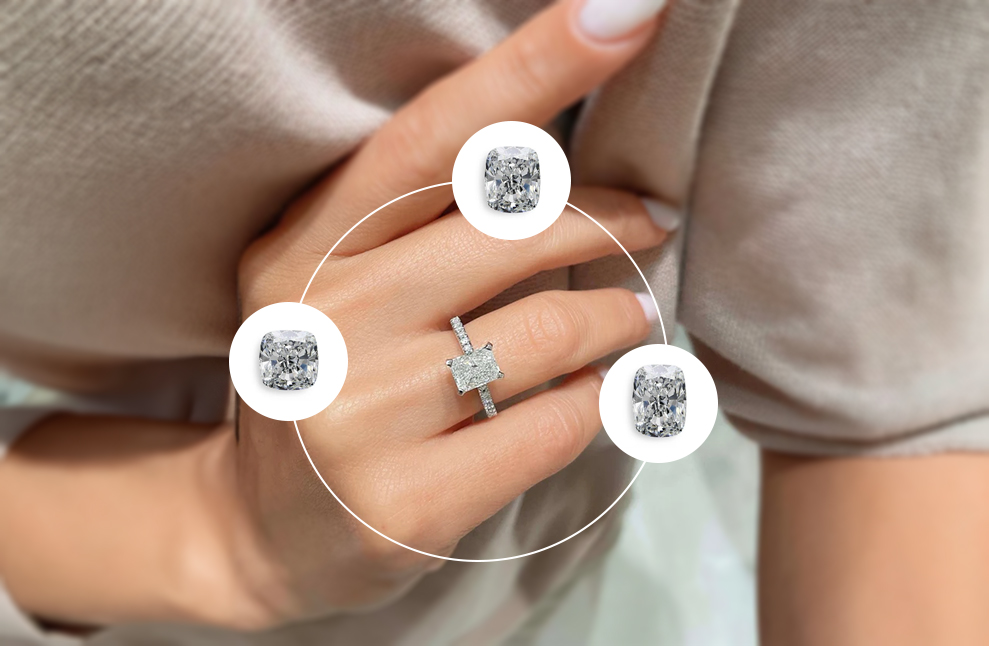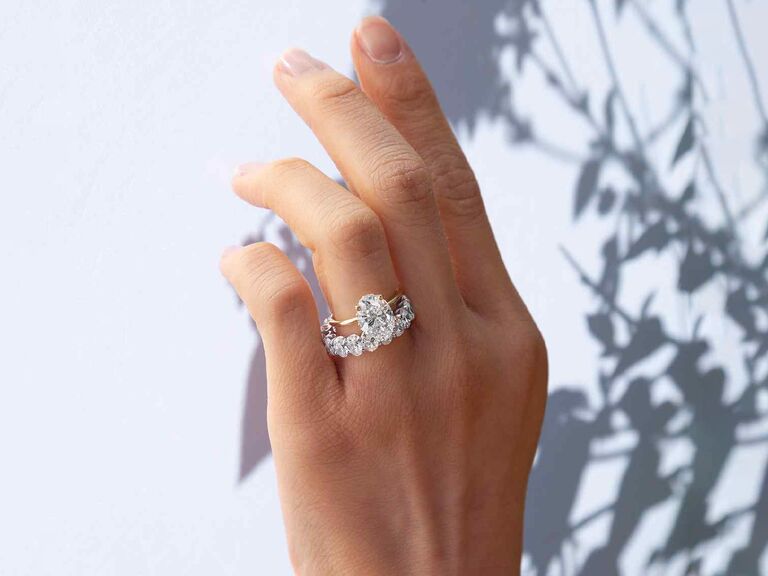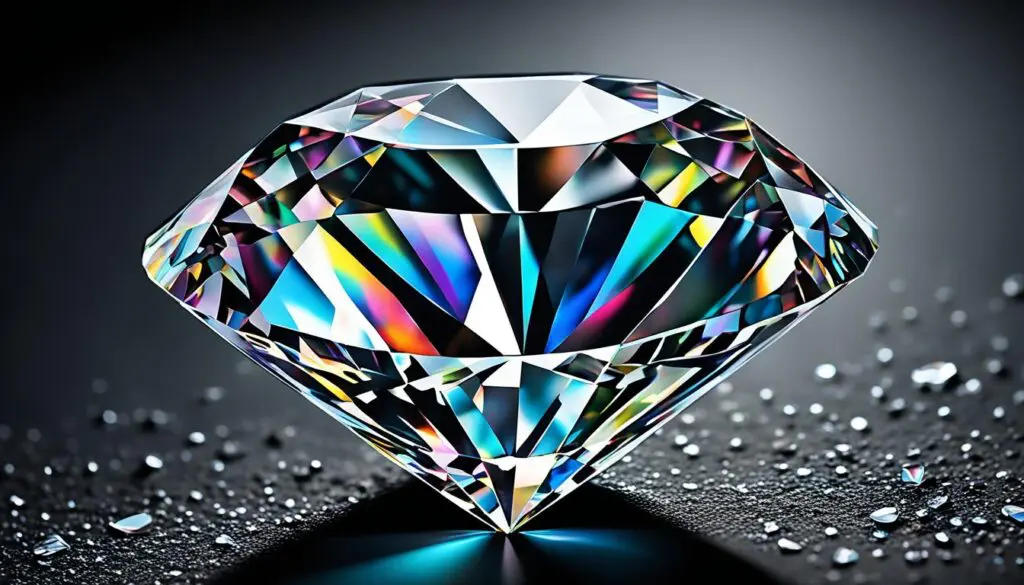Table of Contents
What Are Lab-Grown Diamonds?
Before we get into inclusions, let’s clarify what lab-grown diamonds are. Unlike their natural counterparts formed over millions of years beneath the Earth’s surface, lab-grown diamonds are created in controlled environments using advanced technology. They’re chemically identical to natural diamonds, featuring the same hardness and brilliance. But they come with a modern twist, offering a more ethical and often more affordable alternative.
The Process of Creating Lab-Grown Diamonds
Lab-grown diamonds can be produced using two main methods: High Pressure High Temperature (HPHT) and Chemical Vapor Deposition (CVD). In the HPHT process, carbon is subjected to extreme heat and pressure, mimicking the natural diamond formation process. Meanwhile, CVD involves using gases to deposit carbon onto a substrate, gradually forming diamond crystals. Both methods result in stunning gems that can rival natural diamonds in beauty.
What Are Inclusions?
Now, onto the main event—what are inclusions? Simply put, inclusions are internal flaws or imperfections within a diamond. They can occur naturally in mined diamonds or during the creation of lab-grown diamonds. inclusions in lab grown diamonds can come in various forms, affecting both the visual appeal and the overall quality of the diamond.
Types of Inclusions Found in Diamonds
Inclusions can be broadly categorized based on their origin and appearance. Understanding these types can help you make informed decisions when purchasing a diamond.
Mineral Inclusions
These are tiny fragments of other minerals trapped within the diamond. They can vary in color and appearance, ranging from dark spots to transparent crystals. Sometimes, mineral inclusions can even add character to the diamond, giving it a unique look.
Gas Inclusions
Gas inclusions are pockets of gas trapped during the diamond’s formation. They can appear as tiny bubbles within the diamond. While they are often less visible than mineral inclusions, they can still impact the diamond’s clarity and value.
Why Do Inclusions Occur in Lab-Grown Diamonds?
The Role of Growth Conditions
Inclusions in lab-grown diamonds are often a result of the specific conditions under which they are grown. Variations in temperature, pressure, and even the purity of the carbon source can lead to the formation of inclusions. Think of it like baking a cake; if you don’t follow the recipe perfectly, you might end up with some unexpected lumps!
Comparing Natural and Lab-Grown Diamonds
While natural diamonds typically have inclusions formed over millions of years, lab-grown diamonds can develop their own set of inclusions within a much shorter timeframe. This can make the study of inclusions in lab-grown diamonds particularly interesting, as it sheds light on the conditions of artificial diamond creation.
Impact of Inclusions on Diamond Quality
Inclusions play a significant role in determining a diamond’s overall quality. The presence and visibility of inclusions can influence its clarity grade, which is a major factor in its value.
How Inclusions Affect Clarity Grades
Diamonds are graded on a scale from Flawless to Included, with clarity being a key consideration. Inclusions can lower a diamond’s clarity grade, impacting its price. For example, a diamond graded as “VS1” (Very Slightly Included) will be valued higher than one graded “SI1” (Slightly Included).
Visual Impact of Inclusions
While some inclusions can be hidden, others are easily visible to the naked eye. A diamond with prominent inclusions may not sparkle as brightly, which can affect its appeal. So, if you’re considering a diamond, it’s worth paying attention to how inclusions influence its overall look.
Are Inclusions Bad for Investment?
If you’re looking at diamonds primarily as an investment, you might be wondering whether inclusions are a dealbreaker. The answer isn’t as straightforward as you might think.
Understanding Value in the Context of Inclusions
Inclusions don’t always spell doom for your investment. In some cases, diamonds with unique inclusions can even become talking points, enhancing their appeal to certain buyers. As with any investment, understanding the nuances of the market is key.
Market Perception of Inclusions
Interestingly, the market’s perception of inclusions is evolving. More consumers are becoming educated about lab-grown diamonds and their characteristics, including inclusions. This shift could affect how inclusions are viewed in terms of value, particularly as the demand for ethically sourced gems grows.
How to Identify Inclusions in Lab-Grown Diamonds
If you’re shopping for a lab-grown diamond, it’s helpful to know how to identify inclusions. Here are some tips to help you along the way.
Using Professional Gemological Services
One of the best ways to identify inclusions is by consulting with a professional gemologist. They can provide you with a detailed analysis of the diamond’s characteristics, including any inclusions that may not be visible to the naked eye.
DIY Inspection Tips
If you’re feeling adventurous, you can inspect diamonds yourself! Using a jeweler’s loupe (a small magnifying glass), you can take a closer look at the diamond. This can help you spot any visible inclusions and assess the diamond’s overall quality.
The Future of Lab-Grown Diamonds and Inclusions
As technology continues to advance, the landscape of lab-grown diamonds—and inclusions—will likely evolve.
Technological Advances in Diamond Growth
Emerging technologies may help reduce the occurrence of inclusions in lab-grown diamonds, leading to even higher quality gems. Innovations in the diamond-growing process could result in clearer, more flawless stones that appeal to a wider audience.
Changing Consumer Attitudes
As more consumers learn about the benefits of lab grown diamonds, including their ethical implications, attitudes towards inclusions may shift. The value placed on unique, character-rich stones could grow, changing how inclusions are perceived in the marketplace.
Conclusion: Inclusions as Part of the Story
Inclusions in lab-grown diamonds may seem like flaws at first glance, but they actually contribute to the diamond’s unique narrative. Understanding inclusions and their implications can help you make informed choices when buying a diamond. Whether you view them as a character trait or a detractor, inclusions are an intrinsic part of the diamond’s story—one that adds depth and intrigue to these sparkling gems. So, the next time you look at a diamond, remember that those tiny imperfections may just hold a tale worth telling!




